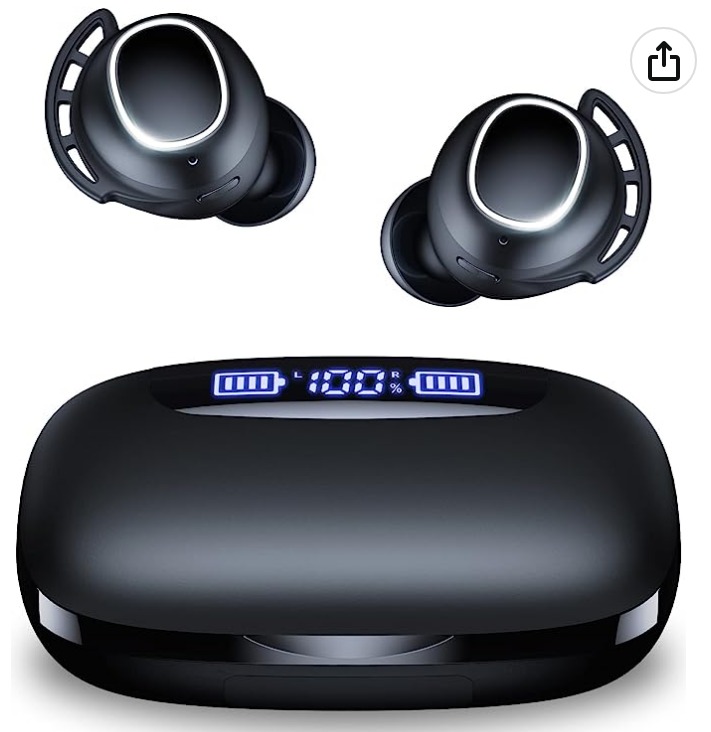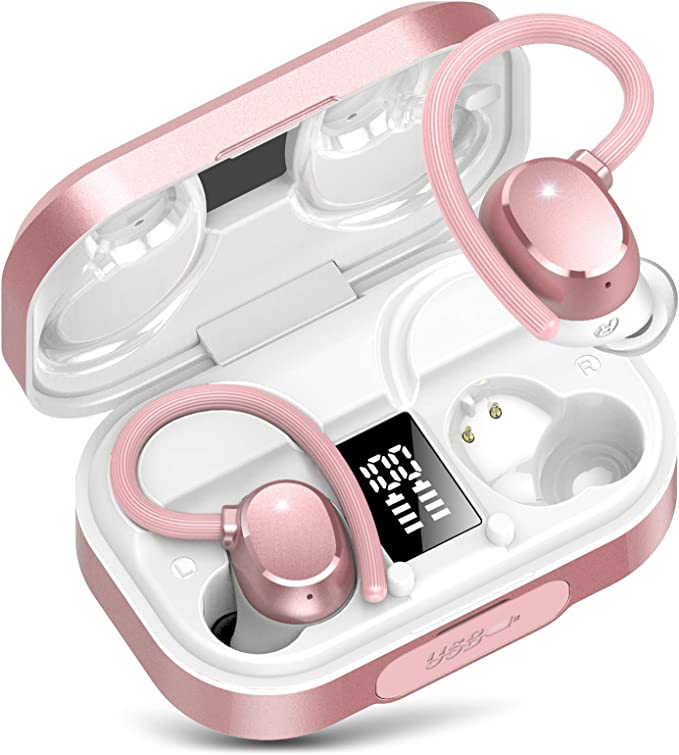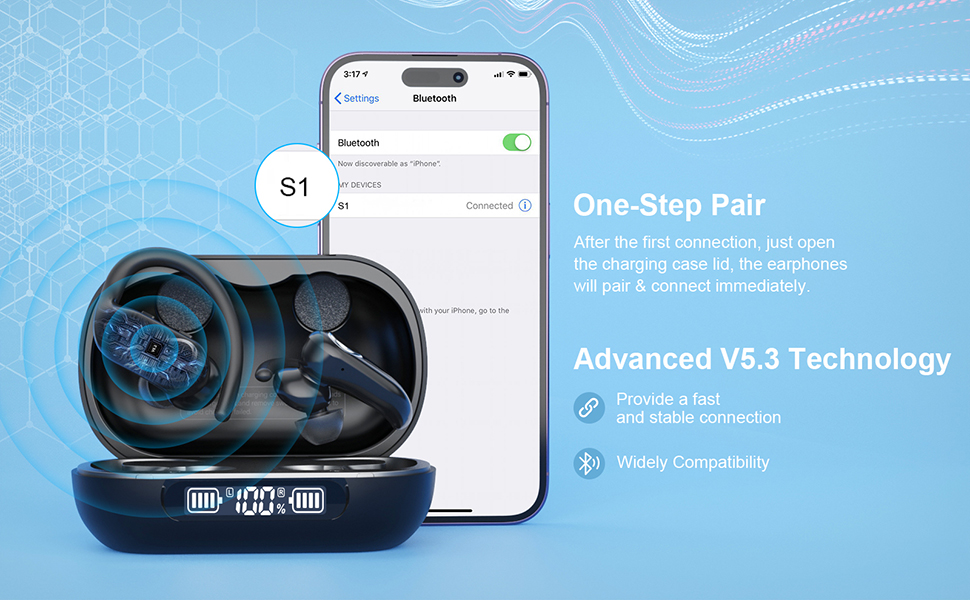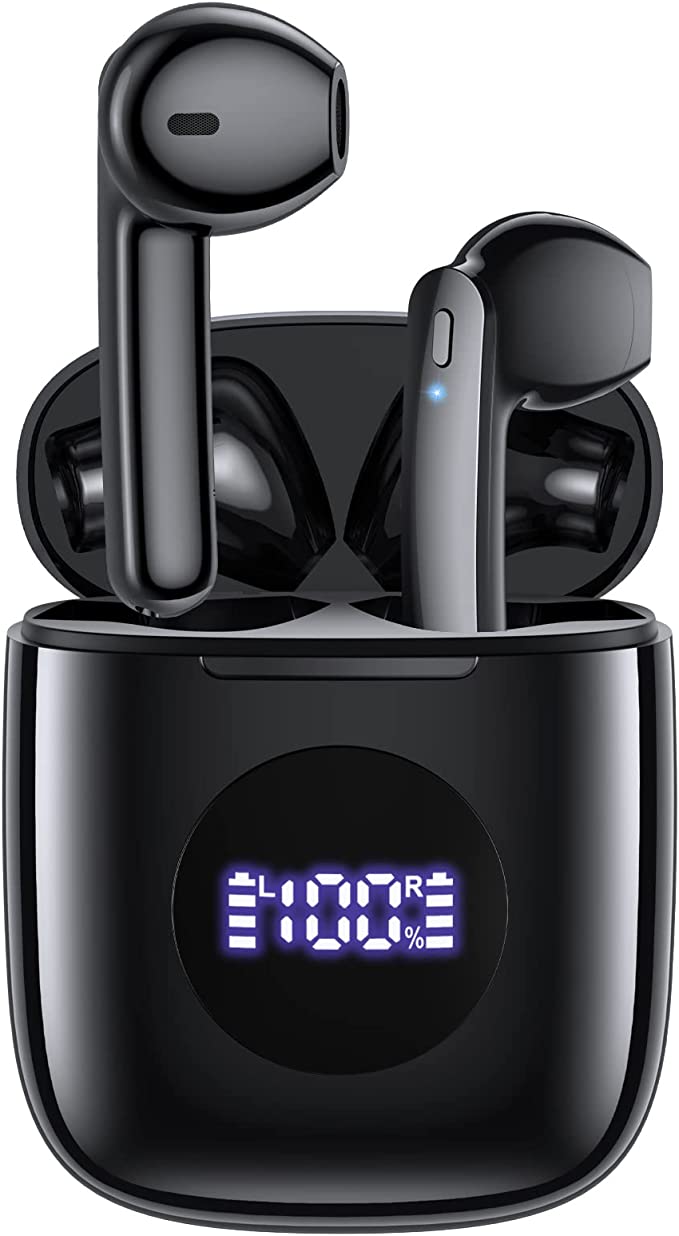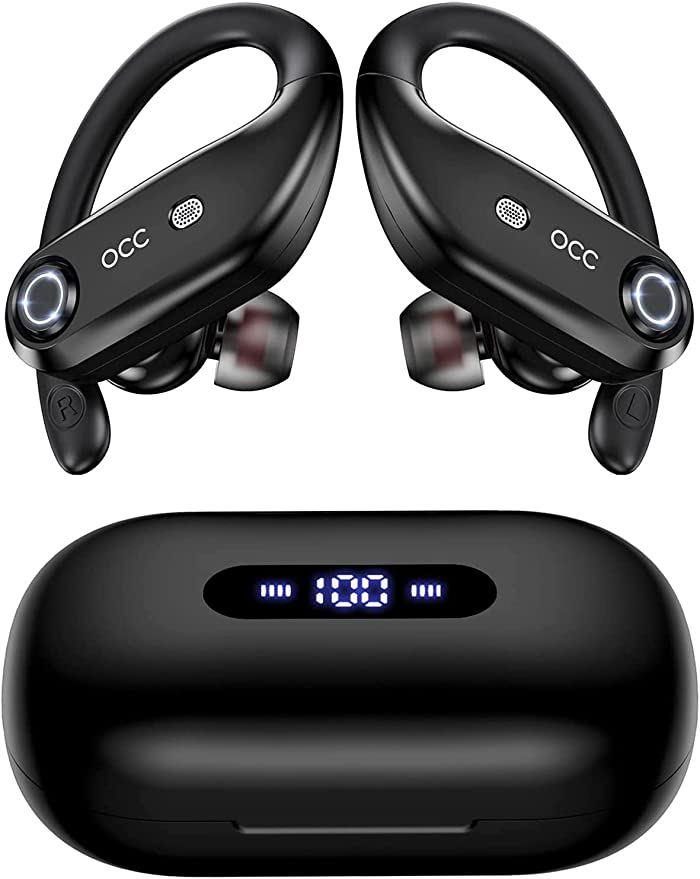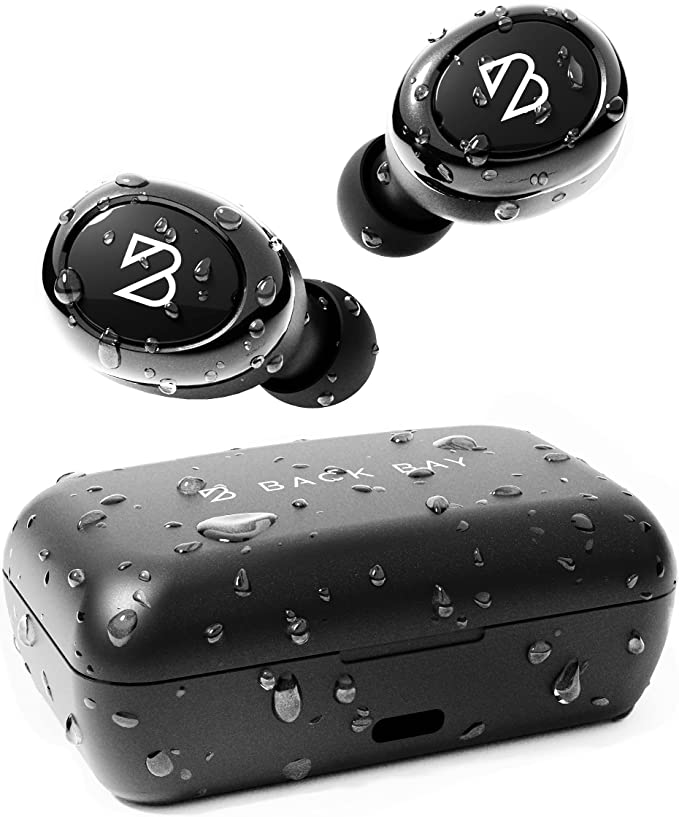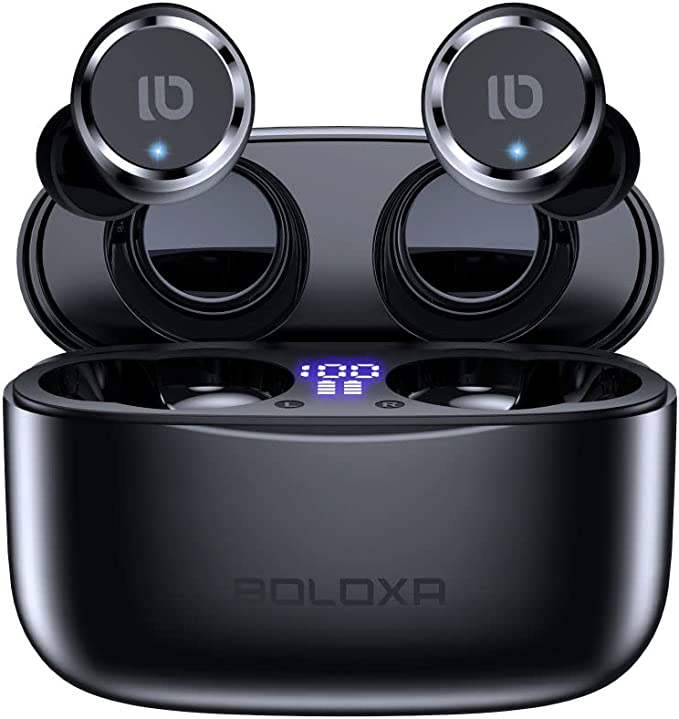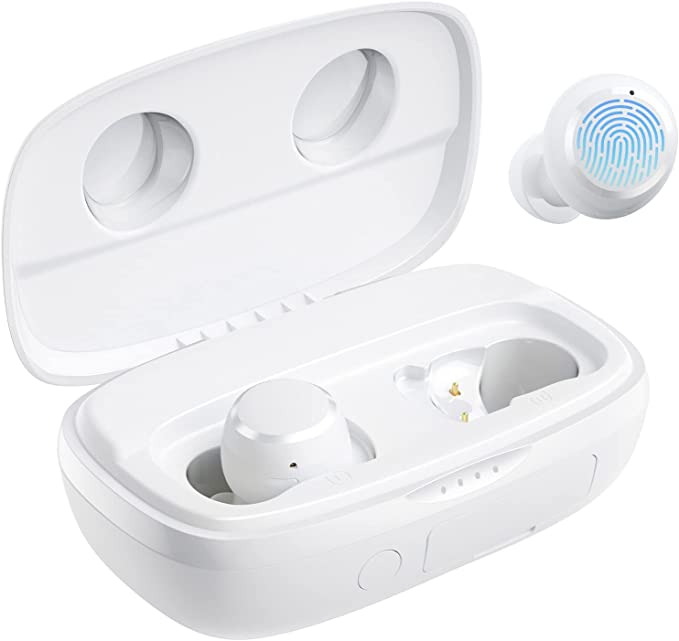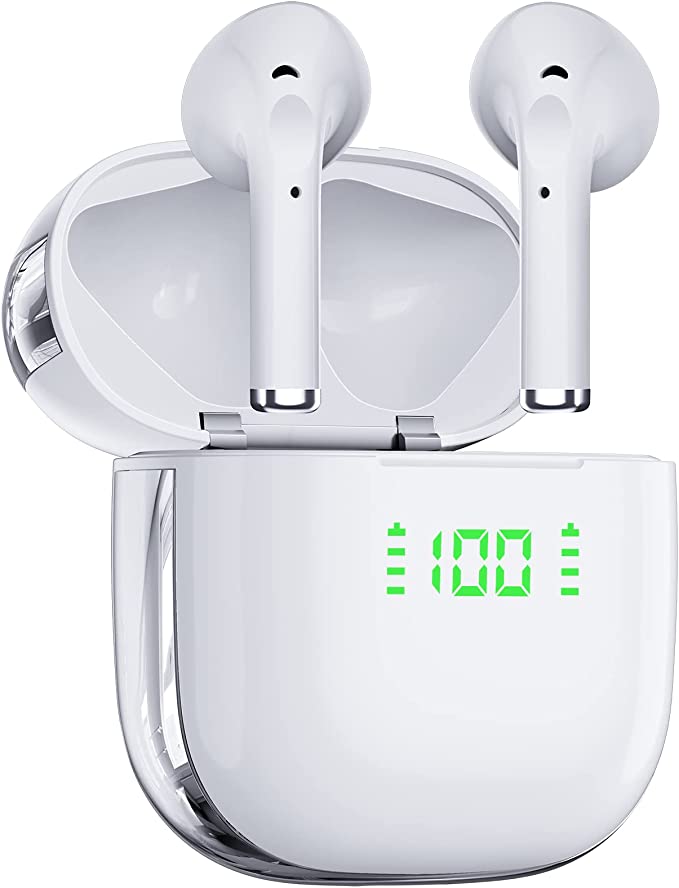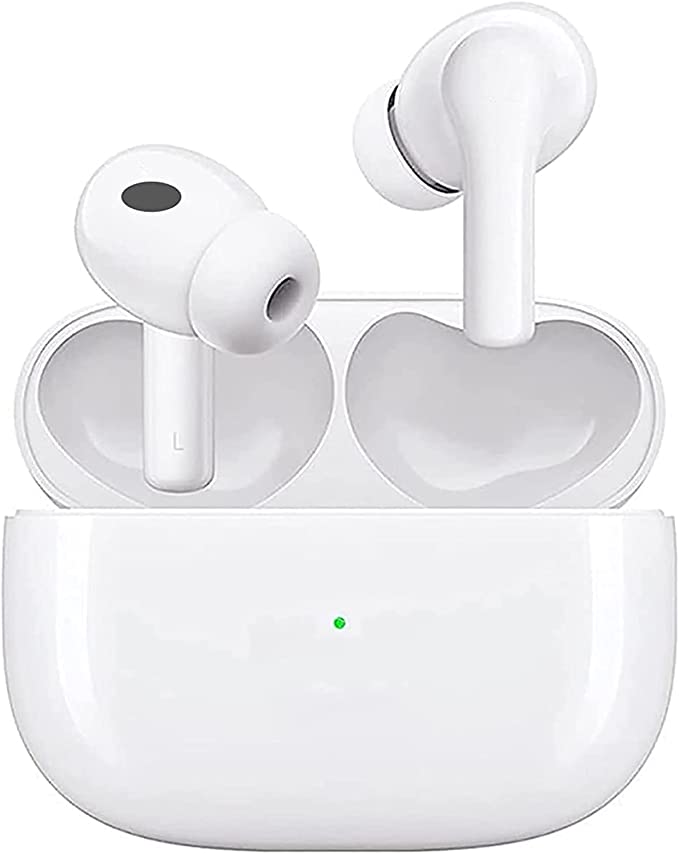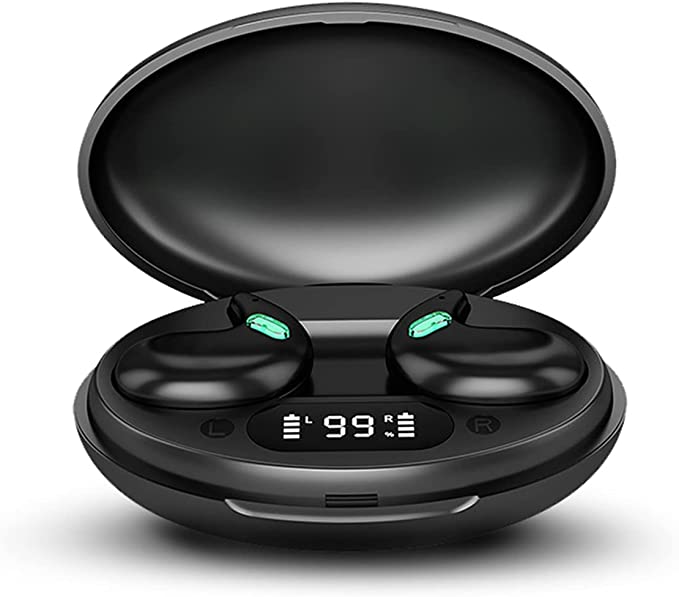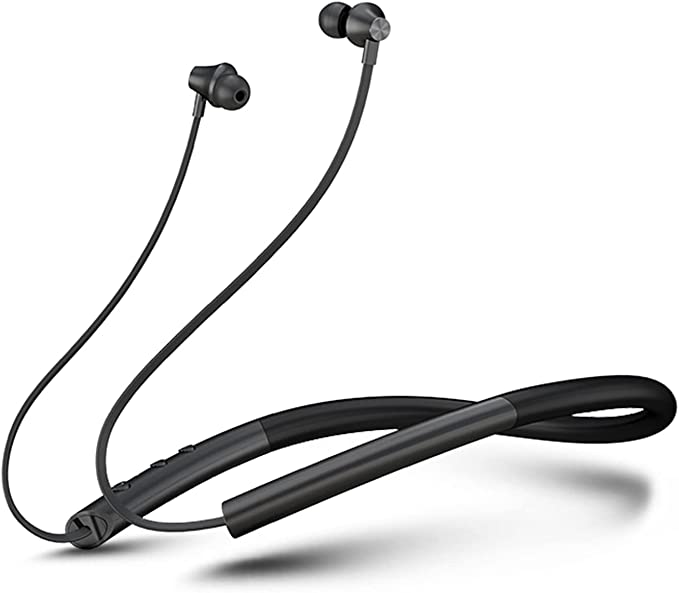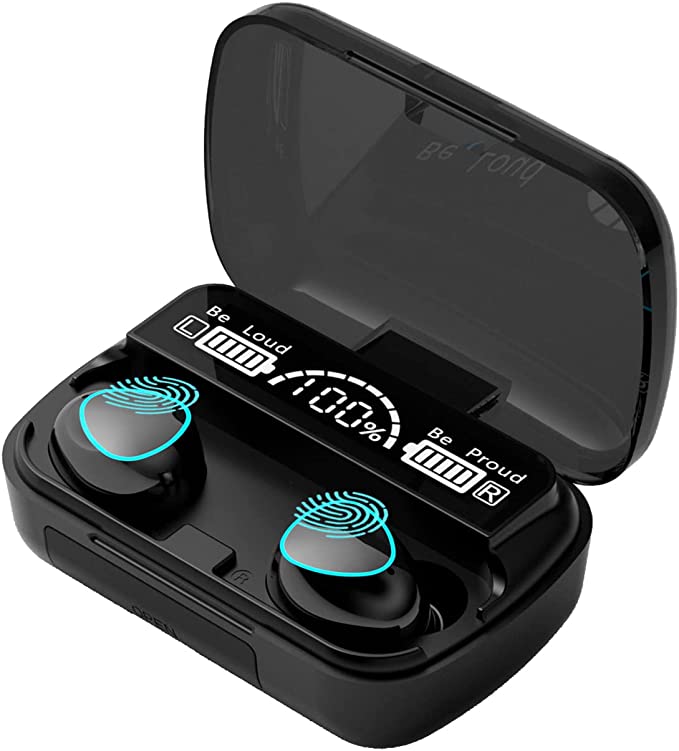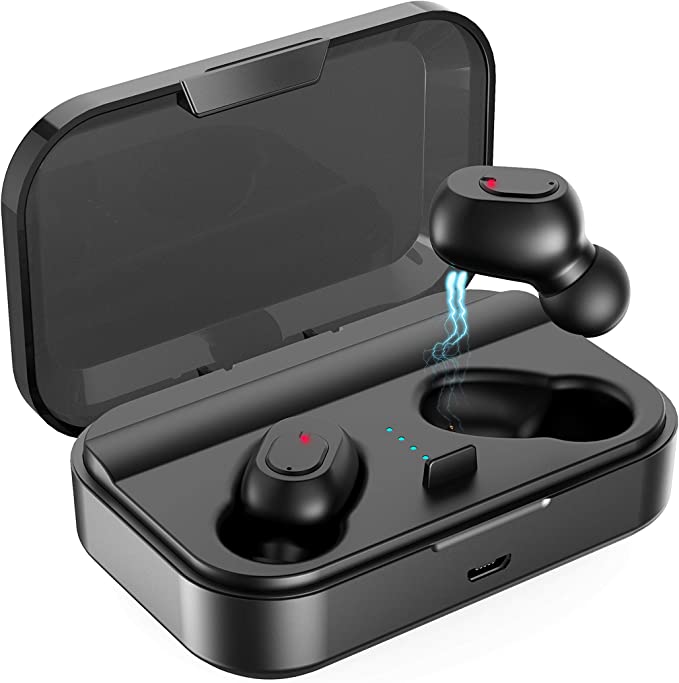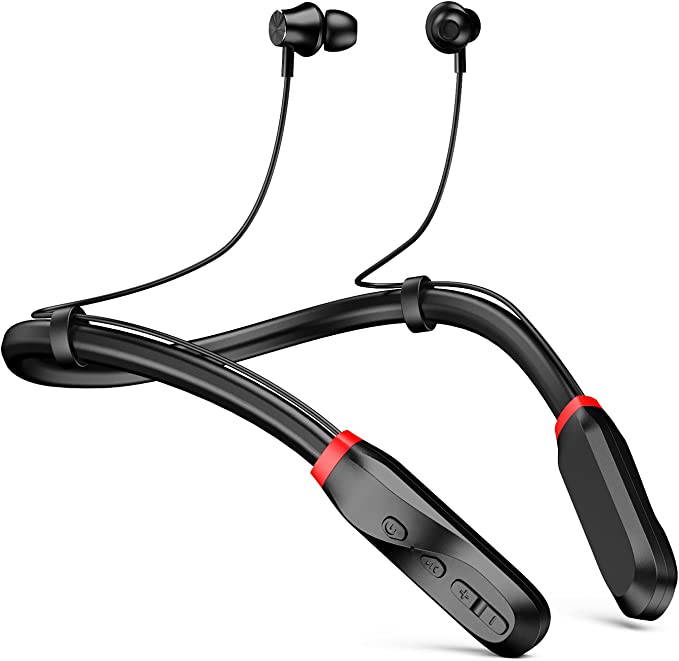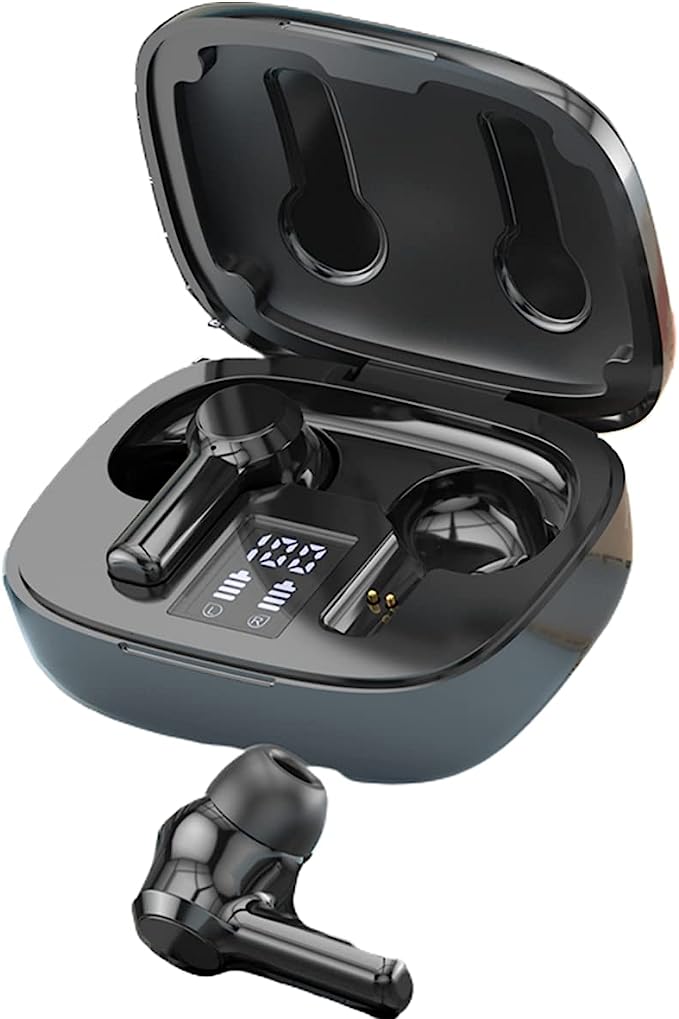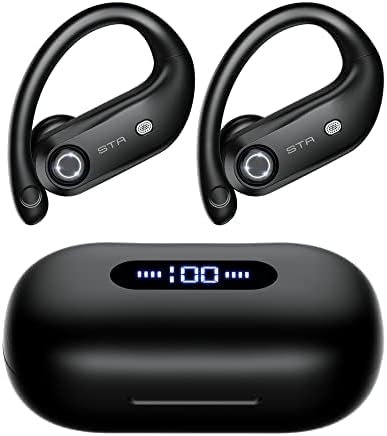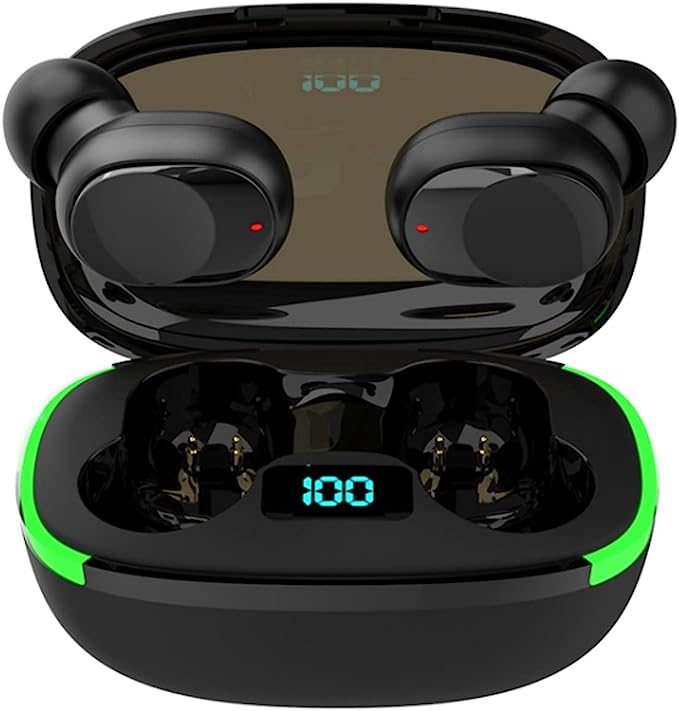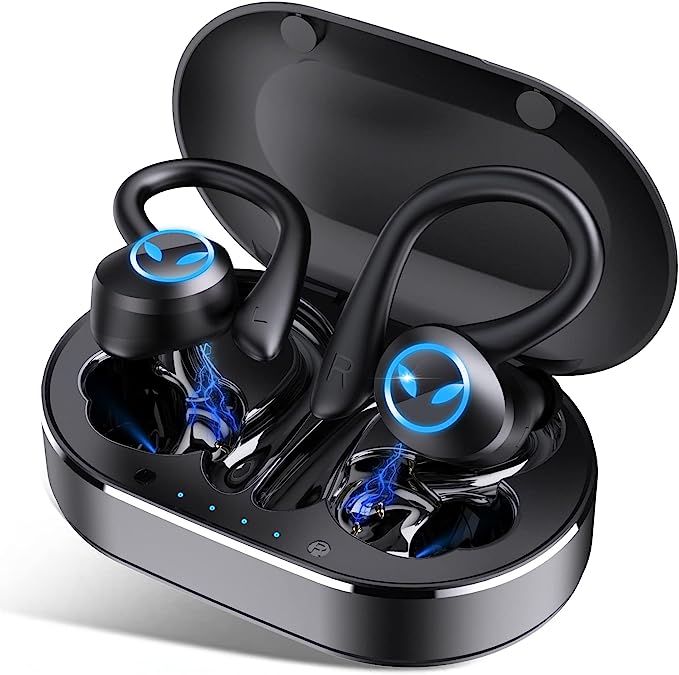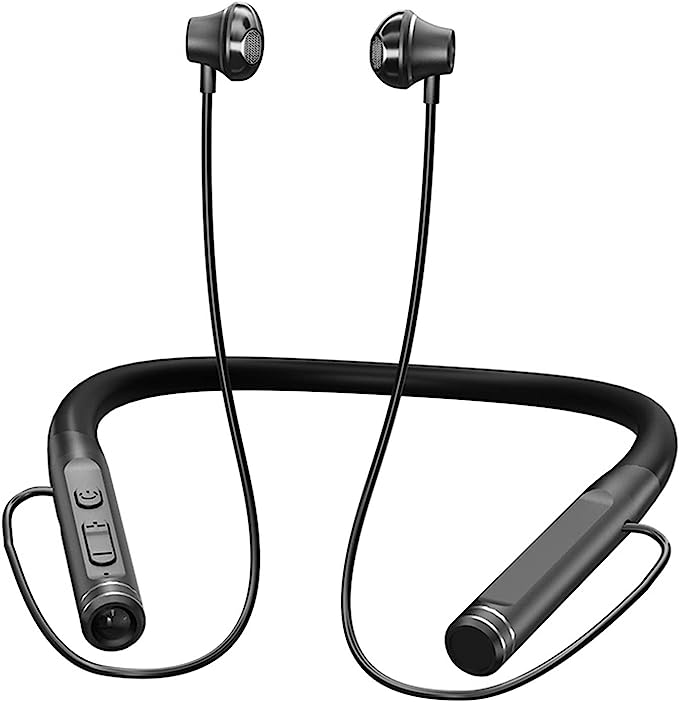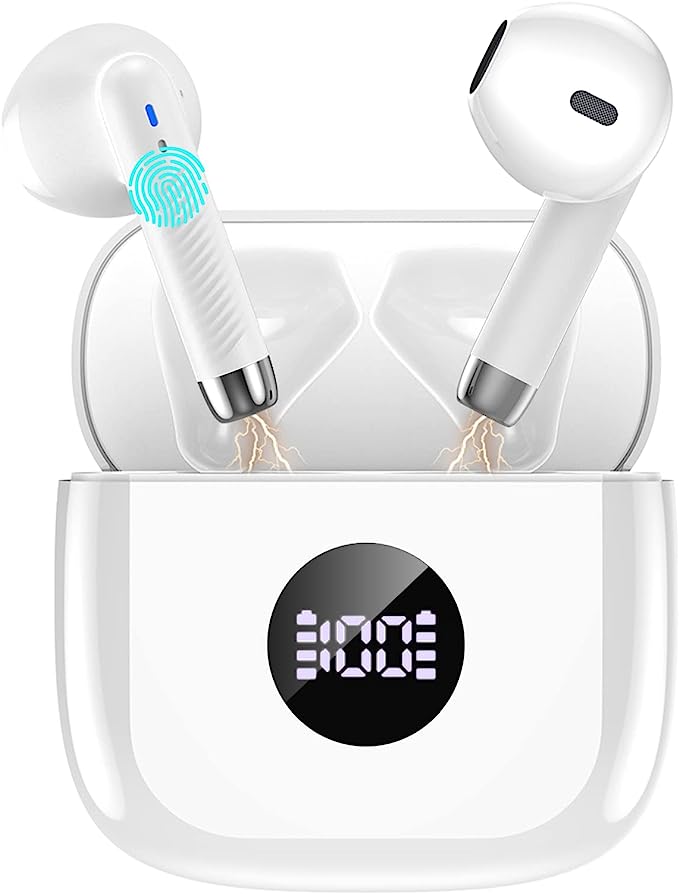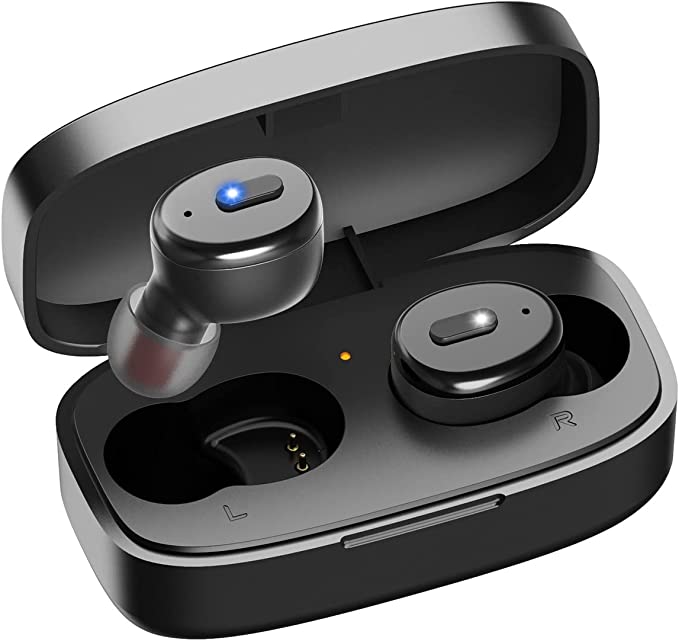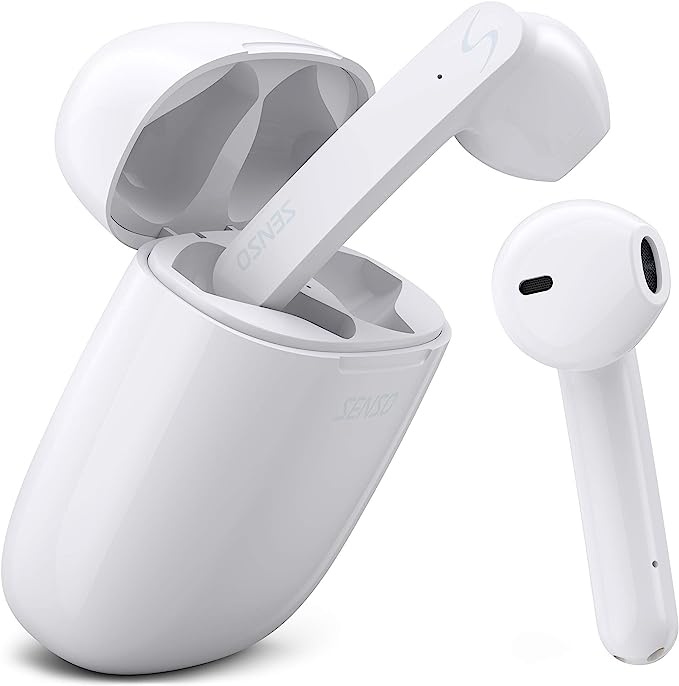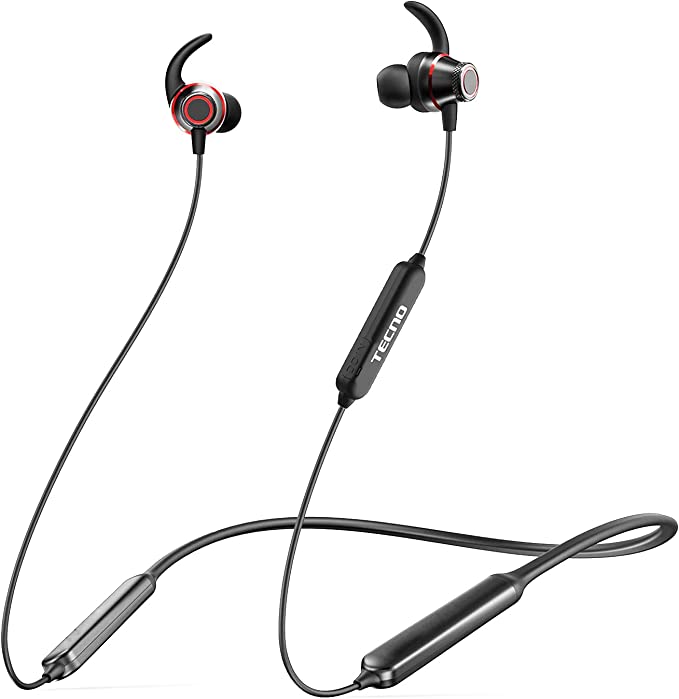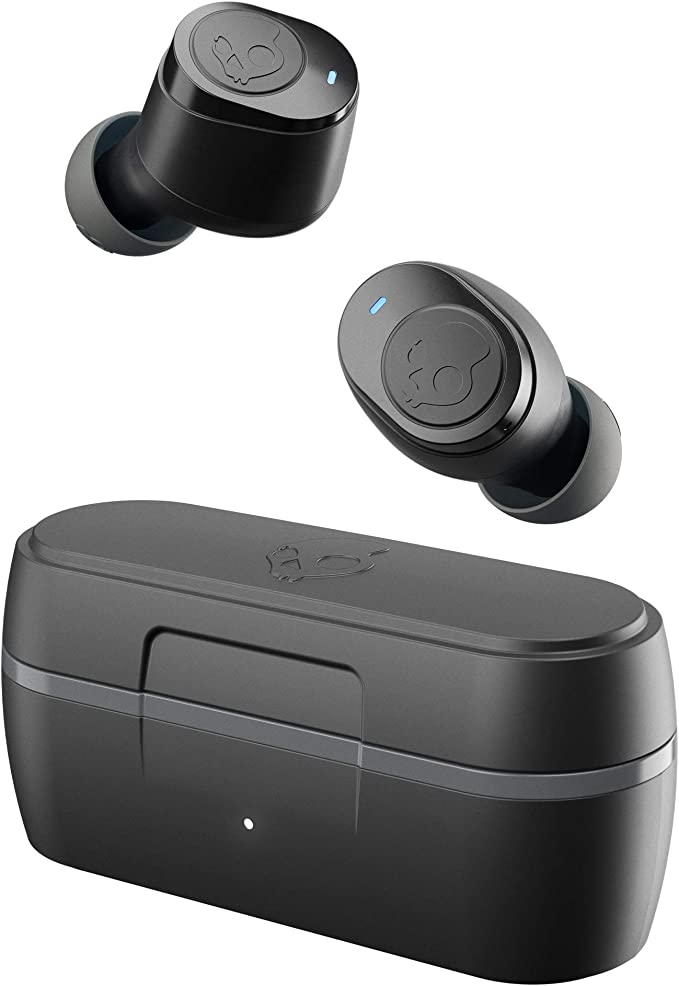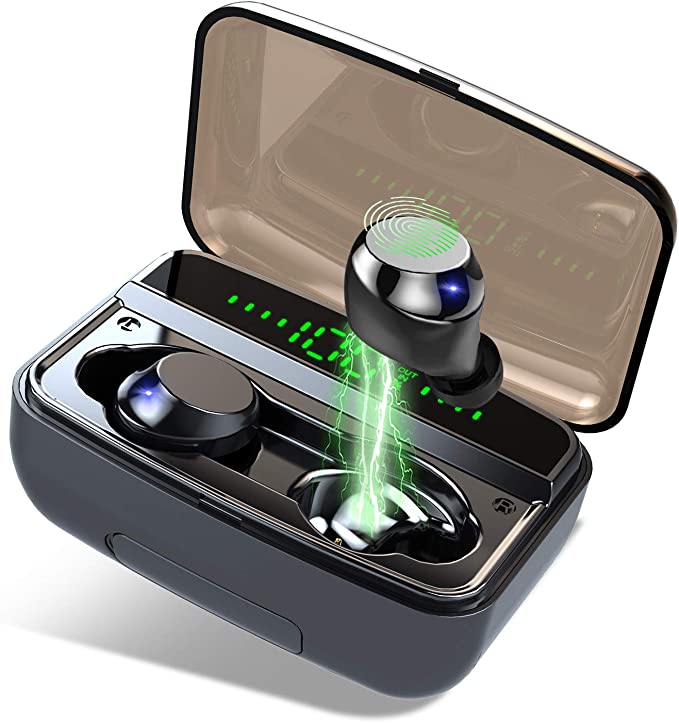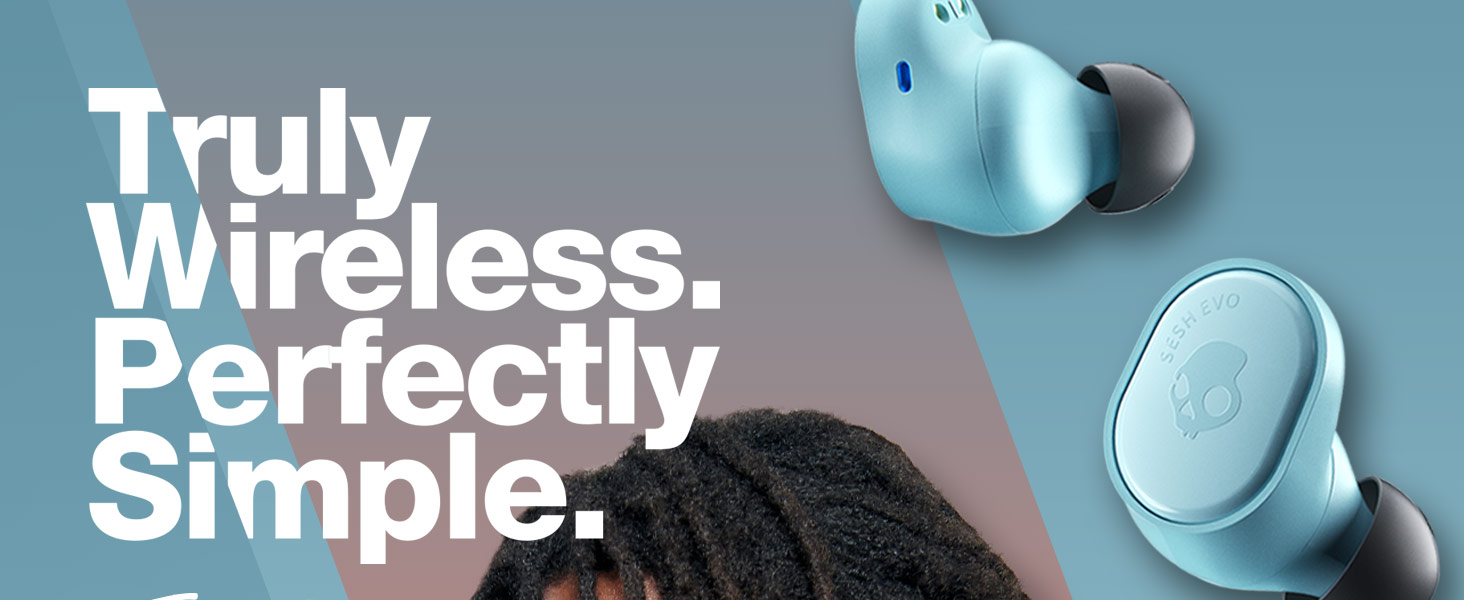Skullcandy Jib True 2: The Science Behind 33-Hour Battery Life & Never-Lost Earbuds
Update on April 13, 2025, 6:16 p.m.
In today’s world, true wireless earbuds have shifted from a novelty to a near necessity for many. We rely on them for commutes, workouts, calls, and moments of focus or escape. Yet, this convenience often comes with nagging anxieties: the dreaded low-battery warning cutting a song short, or the heart-stopping realization that one tiny, expensive bud has vanished into the ether. It’s these common frustrations that the Skullcandy Jib True 2 In-Ear Wireless Earbuds aim to address, not with flashy, budget-busting features, but with a thoughtful application of proven technology wrapped in an accessible package.
While seemingly straightforward, these earbuds represent a careful balancing act in engineering – delivering core functionalities reliably without inflating the price tag. Let’s peel back the layers and explore the science and smart design choices that make the Jib True 2 more than just another pair of earbuds, potentially transforming them into a dependable daily tech companion. We’ll dive into how they achieve impressive endurance, why losing them might become a thing of the past, and what that IPX4 rating really means for your daily grind.

The Endurance Equation: Deconstructing 33 Hours of Power
One of the most prominent claims for the Jib True 2 is a staggering 33 hours of total battery life. It sounds impressive, but what’s really going on inside these compact shells and their case? It’s not magic, but rather a clever synergy of battery technology and power management.
First, let’s clarify that number. The 33 hours represent the combined power available: approximately 9 hours of listening time directly from the fully charged earbuds themselves, plus an additional 24 hours stored within the charging case. Think of the case not just as a holder, but as a portable power bank specifically designed for the buds. You use the earbuds until their internal batteries deplete, pop them back into the case, and the case transfers stored energy back into the buds, readying them for another round. You’ll repeat this cycle several times before the case itself needs recharging via a cable.
The science enabling this hinges on modern Lithium-ion (or likely Lithium-ion Polymer, commonly used in such small devices) batteries. General Knowledge: These batteries are marvels of chemistry, packing a significant amount of energy into incredibly small and lightweight forms – essential for devices that live in our ears. Achieving 9 hours in the buds alone suggests efficient power usage, likely thanks to energy-sipping Bluetooth chips and optimized internal circuitry working in concert. Source Data Ambiguity Note: The provided Amazon product information confusingly lists “Charging Time: 33 Hours” under technical details. This is almost certainly an error or a misplacement of the total battery life figure; charging the case and buds fully would typically take a few hours, not 33. We’ll proceed based on the clearer description of 9 hours (buds) + 24 hours (case).

What does this mean for you, the listener? It translates directly to less “battery anxiety.” As one user review highlighted, listening to audiobooks for roughly 10 hours straight didn’t even trigger a low-battery warning. Whether you’re facing long commutes, back-to-back calls, marathon study sessions, powering through yard work like another reviewer listening to podcasts while mowing, or simply dislike the constant need to recharge, this extended playtime offers significant practical freedom. It’s designed to keep pace with demanding days. However, remember General Knowledge: All rechargeable batteries have a finite lifespan and their capacity will gradually decrease over hundreds of charge cycles. But starting with such a generous total capacity gives you a longer runway before that becomes a noticeable issue.
Never Truly Lost: The Magic of Tile Integration
Perhaps one of the most compelling features, especially at this accessible price point, is the built-in Tile finding technology. We’ve all experienced that mini-panic searching for a misplaced wallet, keys, or yes, a tiny earbud. Skullcandy directly tackles this very real user pain point by embedding Tile’s clever tracking capabilities right into each Jib True 2 earbud.
How does it work? It relies on Bluetooth Low Energy (BLE). General Knowledge: BLE is a variant of Bluetooth designed for periodic transmissions of small amounts of data with minimal power consumption – perfect for ‘beaconing’ devices like trackers. Each Jib True 2 earbud essentially broadcasts a secure, low-energy Bluetooth signal.
If you misplace an earbud, you open the Tile app on your smartphone (which you’ll need to download and set up).
1. Proximity Finding: If the lost bud is within Bluetooth range (typically up to 100-150 feet, less with obstructions like walls), the app can make the earbud ‘ring’ – emit an audible chirp to help you pinpoint its location under the couch cushion or in your gym bag.
2. Last Known Location: If the earbud is out of Bluetooth range, the app will show you on a map the last place your phone was connected to it. This gives you a crucial starting point for your search.
3. The Power of the Network: This is where Tile’s real “magic” lies – the Tile Network or Community Find. If another person running the Tile app passes within Bluetooth range of your lost earbud, their app can anonymously and securely detect your earbud’s signal and relay its updated location back to your Tile app, without that person ever knowing they helped or accessing any of your information. It’s like having a vast, crowdsourced search party working passively in the background. The more Tile users there are in an area, the stronger this network becomes.
For many users, this feature alone is worth the price of admission. Think of parents equipping teenagers, as one reviewer did after facing the cost of replacing much pricier lost earbuds. Or simply anyone tired of the search-and-rescue missions for small, easily misplaced tech. The user comment “I love the tile function! I won’t loose these” perfectly encapsulates the peace of mind this technology offers. It transforms the earbuds from just audio devices into items with a built-in safety net against loss. Keep in mind, though, its effectiveness relies on having the Tile app running (at least in the background) on your phone and the strength of the Tile community in your vicinity if the item is truly lost outside your home.

Untethered Sound, Uncompromised Flexibility: True Wireless & Solo Mode
The Jib True 2 delivers sound via Bluetooth, utilizing what’s known as True Wireless Stereo (TWS) technology. This term gets thrown around a lot, but what does it actually mean for your listening experience?
General Knowledge: Unlike early “wireless” headphones that still had a cable connecting the left and right earpieces, TWS means each earbud connects independently to your source device (phone, tablet, laptop) via Bluetooth. There’s no physical tether between the buds themselves. This architecture is fundamental to the sleek, cord-free design we now associate with modern earbuds.
This independent connection unlocks a key feature mentioned in the product details: Use Either Bud Solo. Because each earbud has its own Bluetooth link, you can choose to use only the left or the right bud while the other remains in the charging case. This is incredibly handy in several scenarios: * Taking Calls: Use one earbud for a call like a traditional mono headset, keeping your other ear free to stay aware of your surroundings. * Ambient Awareness: Listen to a podcast or music in one ear while walking or working, ensuring you can still hear traffic, colleagues, or family members. * Extended Playtime: When one earbud runs low on battery, swap it for the fully charged one in the case, effectively doubling your continuous listening time if needed.
Users report positive experiences with call quality (“caller on the other end hears me clearly”) and sound (“crisp and clear”), which relies on stable Bluetooth transmission handling audio profiles like HFP (Hands-Free Profile) for calls and A2DP (Advanced Audio Distribution Profile) for music. Source User Feedback: However, it’s worth noting that at least one user (RalphieSays) found the Bluetooth range somewhat limited compared to previous, potentially even cheaper, models, especially when moving between floors or far from the source device. General Knowledge: This isn’t entirely unexpected for any Bluetooth device, especially budget-friendly ones where antenna design might be simpler. Bluetooth signals operate in the 2.4 GHz frequency band (same as Wi-Fi and microwaves) and their range is inherently affected by physical obstructions (walls, furniture, even the human body) and radio frequency interference from other devices. While TWS offers immense freedom, maintaining a clear line of sight or reasonable proximity to your phone or tablet generally ensures the most stable connection.

Ready for Real Life: Understanding IPX4 Resistance
Life isn’t lived in a pristine lab. Whether you’re caught in an unexpected drizzle on your run, working up a sweat at the gym, or just dealing with everyday splashes, your tech needs a certain level of resilience. The Skullcandy Jib True 2 comes with an IPX4 rating, indicating a specific level of water resistance.
Let’s break down that code. “IP” stands for Ingress Protection, and it’s an international standard (IEC 60529) used to classify the degree of protection provided by enclosures of electrical equipment. The rating consists of two digits (or an ‘X’ if not tested for that aspect): * The first digit relates to protection against solid objects (like dust). An ‘X’ here means the Jib True 2 wasn’t specifically rated for dust ingress under this standard. * The second digit relates to protection against liquids. The ‘4’ in IPX4 signifies protection against splashing water from any direction.
General Knowledge: How is this tested? Typically, it involves subjecting the device to oscillating sprays of water from all angles for a set duration (e.g., 10 minutes) at a specific volume and pressure. Crucially, IPX4 does not mean waterproof. You cannot submerge these earbuds in water, take them swimming, or expose them to powerful water jets.
What IPX4 does mean is practical peace of mind for everyday scenarios. It confirms the earbuds are built to withstand sweat during workouts, light rain during outdoor activities (fitting Skullcandy’s brand roots in the Park City mountains), or accidental splashes by the sink. It adds a layer of durability that makes them more suitable for an active or unpredictable lifestyle compared to non-rated electronics. While the protection might degrade slightly over time with wear and tear, the IPX4 rating provides confidence that they’re designed to handle the moisture encountered in typical daily use.

The Bigger Picture: Balancing Act and Value Proposition
Looking at the Skullcandy Jib True 2 as a whole, a clear picture emerges: this is a product meticulously designed to deliver core functionalities effectively within significant cost constraints. The impressive battery life, the genuinely useful Tile tracking, the flexibility of Solo Mode, and the practical IPX4 rating form a compelling package at an entry-level price point (around $28-$36 based on the provided options). Users often express pleasant surprise, comparing the sound favorably to much more expensive alternatives (“nice sharp sound like my beats I lost”) and finding they “exceeded expectations” for the cost.
However, acknowledging the trade-offs inherent in this balancing act is crucial for setting realistic expectations. Source User Feedback: The lack of compatibility with the main Skullcandy app (as reported by user Tawny808) means sacrificing customization options like EQ adjustments or control remapping found on higher-tier models. The potential Bluetooth range limitations noted by another user also point towards possible cost-saving measures in component selection or antenna design. These aren’t necessarily flaws, but rather conscious decisions made to hit a specific price target while prioritizing features deemed most essential for the intended audience – namely, long battery life and the invaluable Tile tracking.
Concluding Thoughts: Smart Simplicity
The Skullcandy Jib True 2 earbuds stand as a testament to smart simplicity. They don’t try to be everything to everyone. Instead, they focus on solving real, everyday user problems – the anxiety of a dead battery and the frustration of lost items – through the clever integration of mature, reliable technologies like efficient lithium-ion batteries and Bluetooth Low Energy tracking via the Tile network. Coupled with the practicalities of TWS freedom and IPX4 resistance, they offer a remarkably robust feature set for their price category.
While they may forgo some bells and whistles found on premium models, they deliver where it arguably counts most for a large segment of users: reliability, endurance, and peace of mind. They demonstrate that thoughtful engineering and a clear understanding of user needs can create technology that is not only functional and accessible but also genuinely helpful in navigating the small challenges of our wirelessly connected lives. They are more than just a conduit for sound; they are a well-considered tool designed for the everyday.
